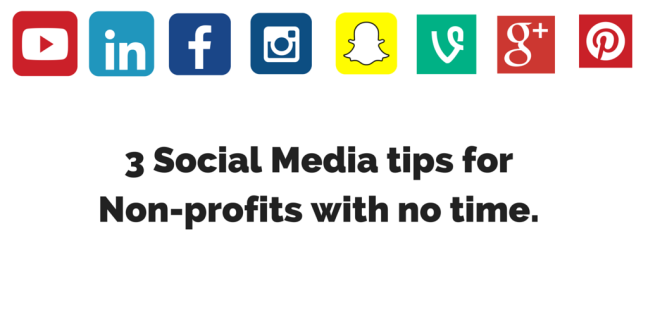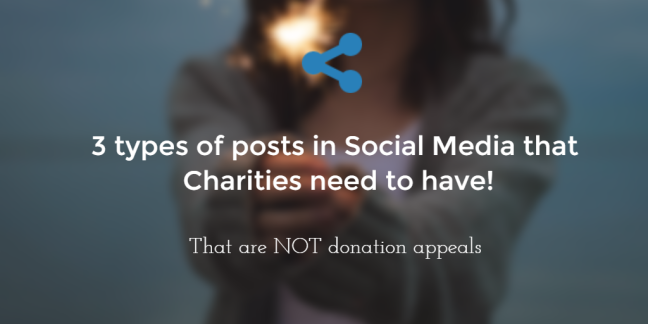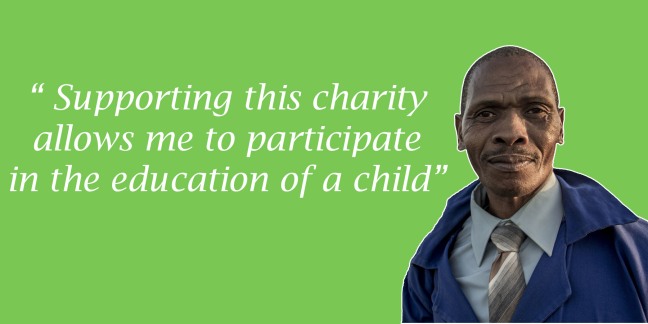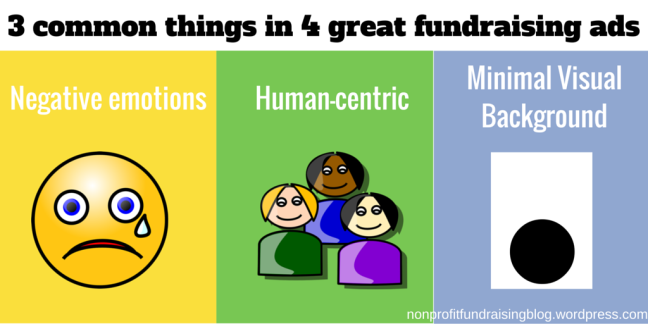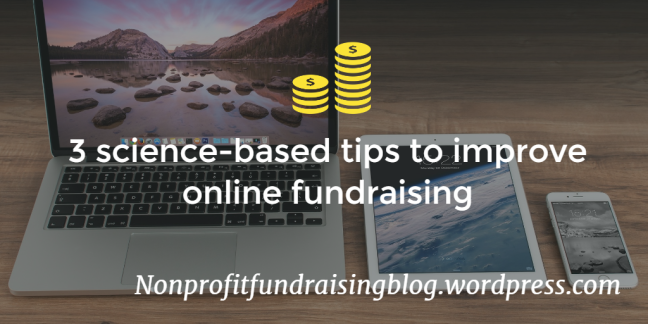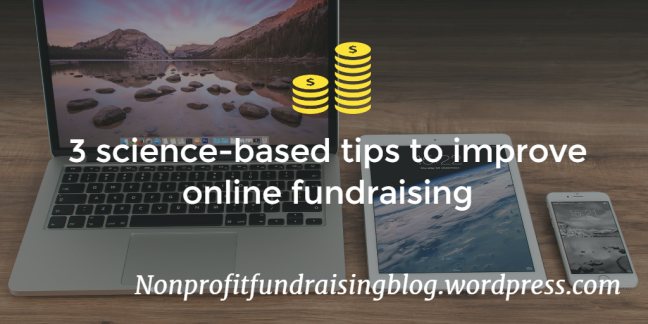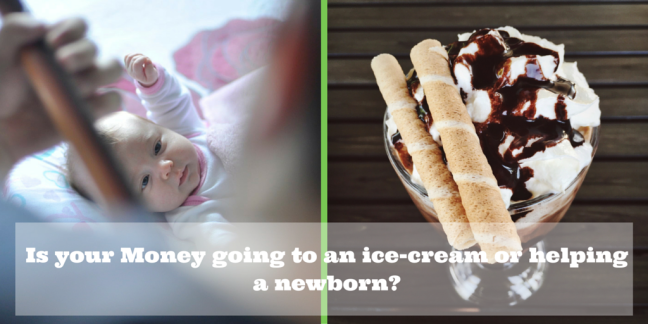As a nonprofit professional, you know that time is a scarce resource in every non-profit.
To use it efficiently and have the best social media with the least time, I analysed two articles and extracted 3 actionable recommendations to start your lean social media strategy:
The first article, “3 Things They’ll Never Tell You About Social Media (plus tips for the haters)” by Andy Crestodina analyses 3 less-known things about social media marketing and provides some off-road tips on how to streamline your social media presence.

The second article is a twitter chat transcript: “Should Your Nonprofit Pull The Plug On Social Media?” from #fundchat where several nonprofit fundraisers discussed the power of social media. It analysed reasons to use social media, channels and strategies for fundraising and showcasing several organizations’ work.
Based on these two articles and my previous corporate social media experience, these are the 3 things that you absolutely have to do if you want to spend the least time possible with your social media presence:
• Redirect to main social network: Choose one social network to be active in (most non-profits prefer Facebook, Instagram or Youtube), set up your profile in other social networks and write a post or tweet stating you are only active in social network X. Your name is prime real estate in social media!
• Use social media aggregation: Tools like Hootsuite or Buffer allow you to prepare your posts in advance and schedule them in your various networks.
• Start with Instagram: Instagram is great because it allows you to share VISUAL content and videos, with a fast edition process and you can actually integrate Facebook, Twitter and Flickr. With the touch of a button, you update 4 social networks at once. Consider using simple design tools (like Canva) and Instagram schedulers (like Crowdfire) to be able to upload pictures and videos from your desktop.

These tips are ideal for when your non-profit starts using social media. Hopefully, you will be able to attract more volunteers and donations through this increased awareness and start to develop a real content strategy that includes 4 types of posts.
About the Author:
I am a recent Marketing graduate enthusiastic about non-profits. I worked two years in a volunteer setting and produced an extensive research in storytelling in non-profits for my Master Thesis.
Connect with me through twitter: @ARuivoFelix

